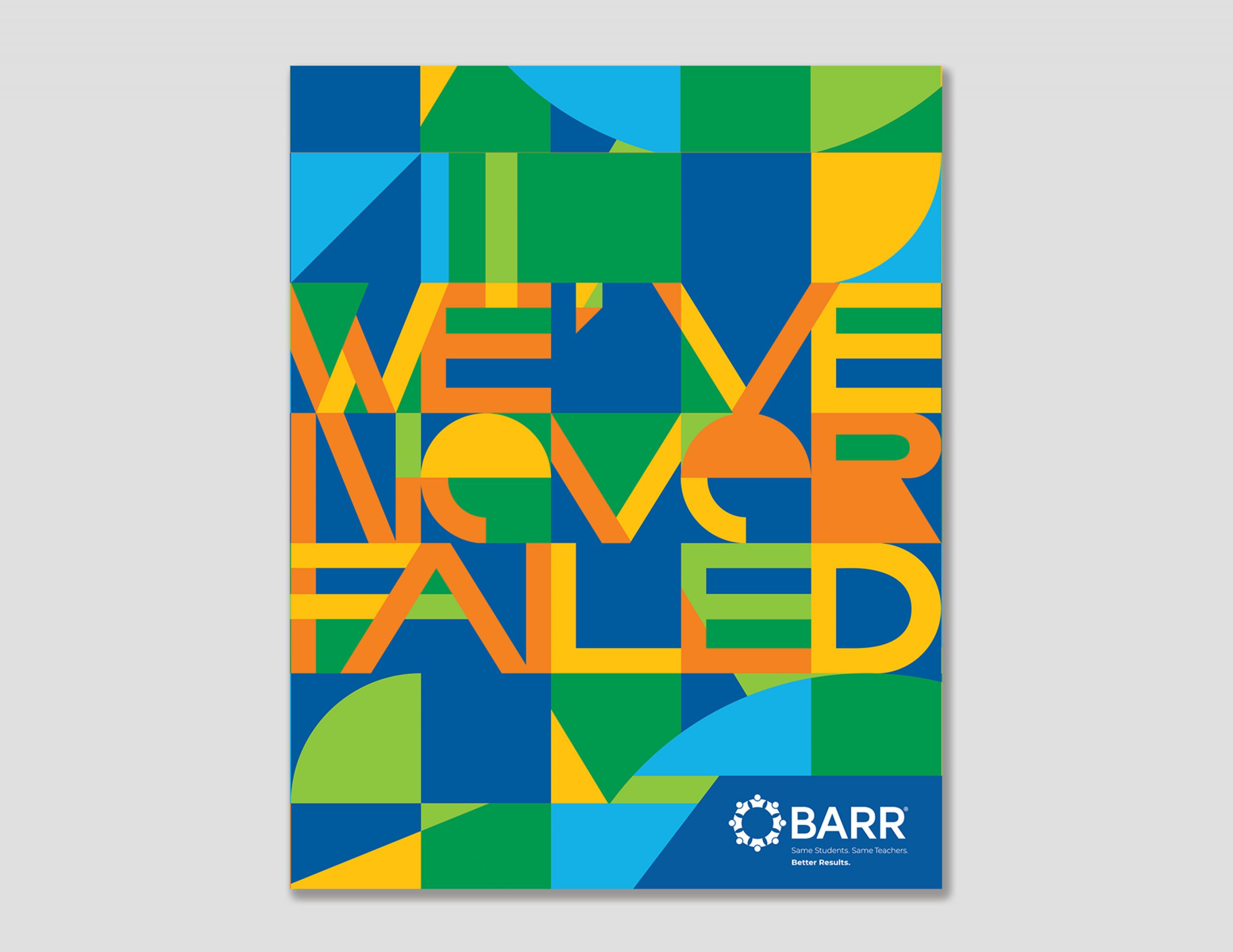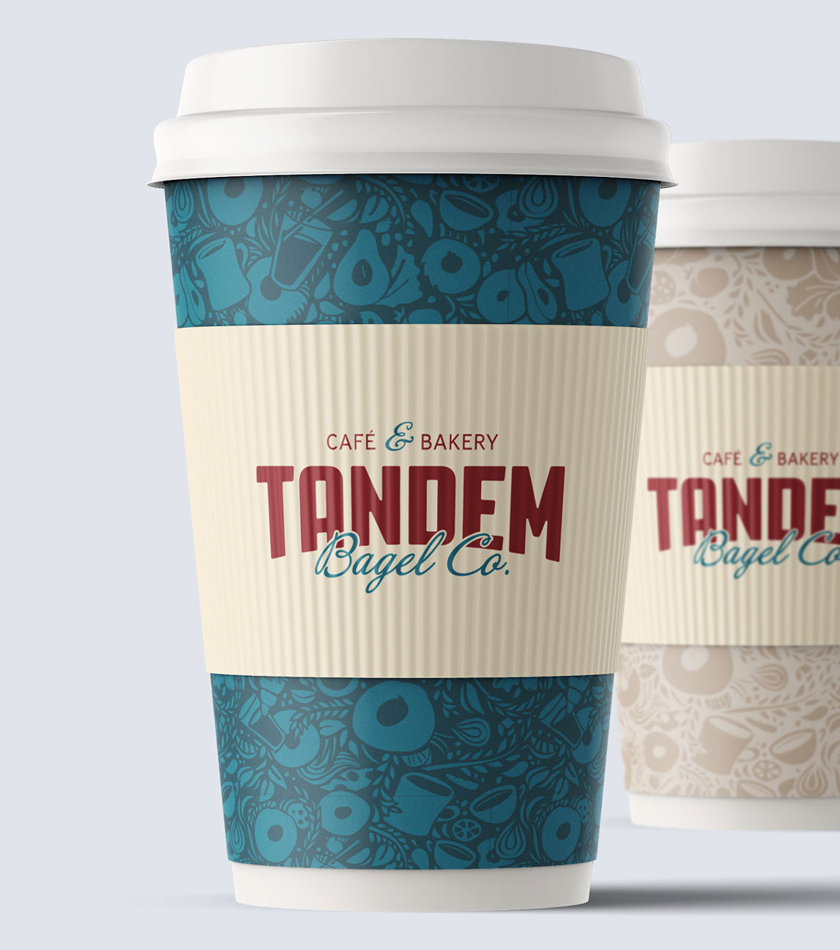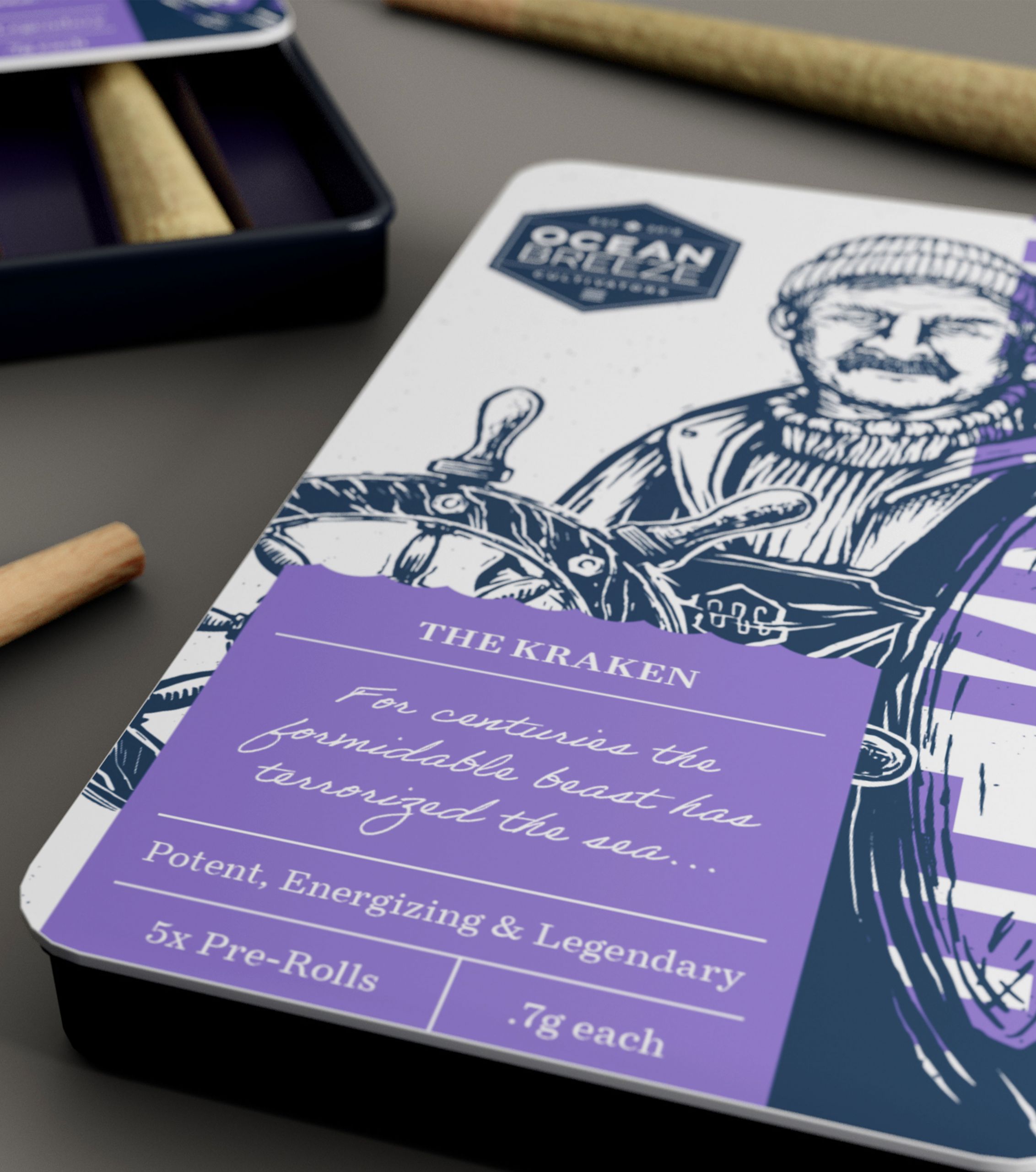Want great creative work? Be a great client.

Four steps you can take to maximize the investment with your creative agency
Relationships involve a little give and take, and the relationship with your creative agency is no different. Below we’ve outlined four steps to get the most out of your engagements — building a trusted partnership and getting the best creative product possible.
Step One: Nail the Creative Brief
A creative brief is a detailed document that gives an agency context and background on the brand, passing along intimate and historical knowledge straight from the experts themselves. It also clearly spells out the creative assignment, along with the associated business objectives and KPIs. In other words, it explains why the particular engagement is important to the client’s success, and what (exactly) success looks like.
We often say to our clients: “We are the experts on branding. You are the experts on your brand. ” To bridge the gap between what your creative agency knows, and what they need to know, a killer creative brief is the first foundational step.
Often, the creative agency will send a blank slate brief with prompts before the project kicks off, requesting that you fill it out to the best of your ability. If you’re feeling uncertain about how to fill it out, you can request that the agency get it started for you. In this case, you would act as the approver of the brief, simply changing things that needed tweaks. Either way, if a creative brief is not provided, you should feel comfortable asking for one. This is the single best roadmap to a successful project, and a document that the agency can use as a North star as they move forward.
Once you have your approved creative brief in place, use it as your creative agreement with the agency. It will help you evaluate the work being put in front of you, and will give you the confidence needed to speak up if the creative feels “off brief.”
Step Two: Stick to a Timeline
In any client and agency partnership, defining and committing to a timeline is an essential ingredient for success. It sets the pace and secures resources (the creative team) — ultimately, impacting the creative process and the outcome.
Before a project even kicks off, an agency’s account team works hard to make sure they build a creative team (strategists, copywriters, and designers) that have the right set of superpowers to build one-of-a-kind solutions for the client’s brand.
Once a project is planned out, and schedules are set, the client has to be as committed to the timeline as the agency. This ensures that the creative team has enough time in their schedule to focus on each stage of the creative process.
When a client veers from the timeline, it not only throws off the project timeline, it also throws off the schedule of every person working on the project. Late feedback or other issues that create delays may force an agency to push the timelines out — potentially compromising the agreed-upon end date.
So, the best thing you can do as a client? Build the project timeline into your own schedule as carefully as the agency has built it into theirs, with enough time to review the work and send back detailed and thoughtful feedback. Stick to the timeline and ensure your carefully-chosen creative team remains available to work on your project.
Step Three: Explain Why, not What
While delivering feedback in a timely manner is important, it isn’t the only metric to hit. As a client, you also want to be thoughtful about how you provide feedback. This often means finding a way to communicate what your brand needs, without holding back the creative process.
Clients come to a creative agency for a unique perspective and innovative solutions. Which may mean that telling the creative team exactly what to change and how to change it could result in a missed opportunity. Explain why something isn’t quite right, and watch the team work their magic to figure out how to alter the work to solve the problem.
For example, let’s say the team sends you the first composition of a digital ad. Prescriptive feedback would look like: “Change that font from Times New Roman to Arial” or “Change that color to cornflower blue.” Instead, consider explaining why the composition isn’t working for you. “I can’t read the text well enough” or “the page feels unbalanced.” This type of feedback allows the creative team to cast a wider net — considering additional factors that could be contributing to the issue and ultimately providing the best solution possible.
It’s not to say that you can’t share your ideas. As we mentioned earlier, the client is always the expert on their own brand, and good ideas can come from anywhere. The key is to share them in a way that feeds the creative process. In a great partnership, everyone has something unique to bring to the table, and understands how to let others do what they do best.
Step Four: Share the Love
Many agencies rely on word of mouth for new business. With that, there is nothing more powerful than a previous client who can vouch for an agency’s talents.
Whether it be through the agency review platform, Clutch, a willingness to act as a reference, or an appreciative social media post, a thoughtful, descriptive appraisal will cement your agency’s love for you — and help guide others who are just starting their own search for the right agency.
Whether you’re new to the world of creative agencies, or have been engaging them to work on your brand for years, with a little upfront planning and a commitment to working as a team with the people you’ve entrusted with your project, you can be a great client that gets the very best work in return. And of course, if you’re the agency, you have a lot of work to do to make sure you’re keeping these amazing clients. But that’s a story for another day.


